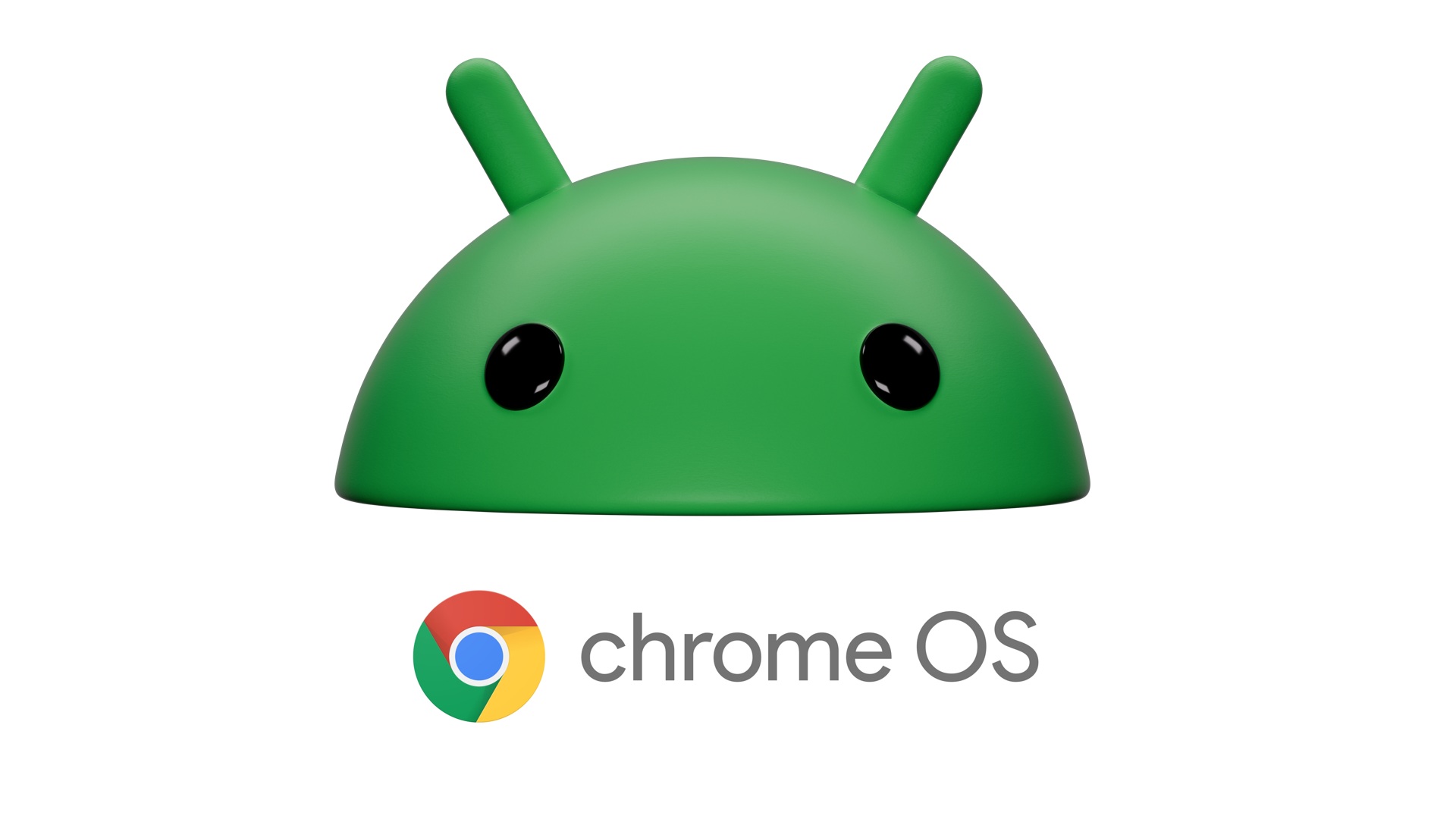New details emerged this week about Google’s multi-year plan to merge Android and Chrome OS. While the primary focus is on consumer devices and AI advancements, B2B solutions like digital signage could also see significant benefits. Although Google has already merged its hardware teams, the company has yet to officially confirm the integration of Chrome OS into Android.
Google wants to merge its two operating systems Android and Chrome OS in a multi-year project. That’s what Android Authority says it has learned from a trustworthy source. The main goal is to better compete with Apple’s iPad, but the move could also have a more or less large impact on digital signage.
Earlier this year, Google already merged its hardware teams. Soon, ChromeOS is to be developed on large parts of the Android stack. So far, both operating systems have been optimized for different purposes. ChromeOS is a centrally managed cloud-based operating system, while Android is available in hundreds of different versions, more or less up-to-date, as they are individually managed by hardware manufacturers.
Google is positioning ChromeOS as the ideal platform for digital signage: according to the tech company, it enables network owners to manage large fleet of endpoints remotely, secure and energy-efficient. Many cloud-native CMS developers are surprised by how easy it is to develop ChromeOS apps (PWAs) and port their CMS solutions to the platform.
The list of ChromeOS-compatible CMS solutions is growing fast as interest is picking up. More integrators and end-users are discovering ChromeOS as an interesting alternative to Windows for digital signage. Merging ChromeOS and Android in the mid-term future could accelerate the adoption of the platform in digital signage. However, the ultimate decision depends on the end-customer’s IT policies and willingness to explore alternative platforms.


